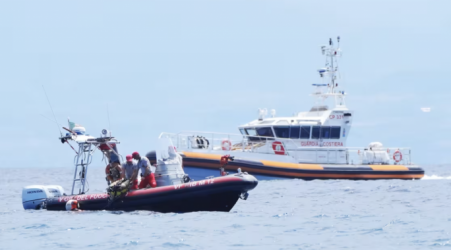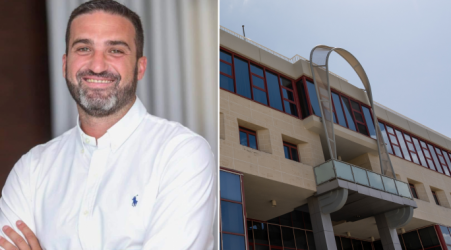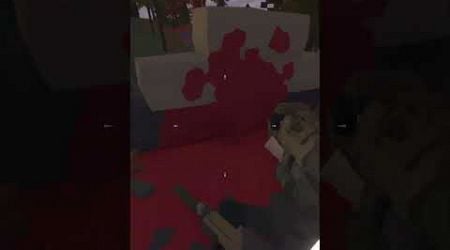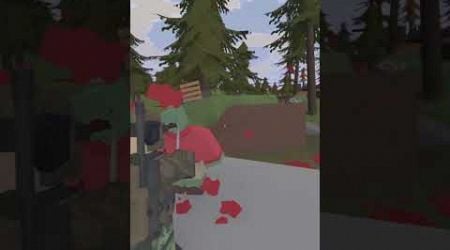Divers find 5 bodies during search of superyacht wreckage after it sank off Sicily, 1 still missing
Divers searching the wreck of a superyacht that sank off Sicily found the bodies of five passengers Wednesday, leaving one still missing as questions intensified about why the vessel sank so quickly when a nearby sailboat remained largely u
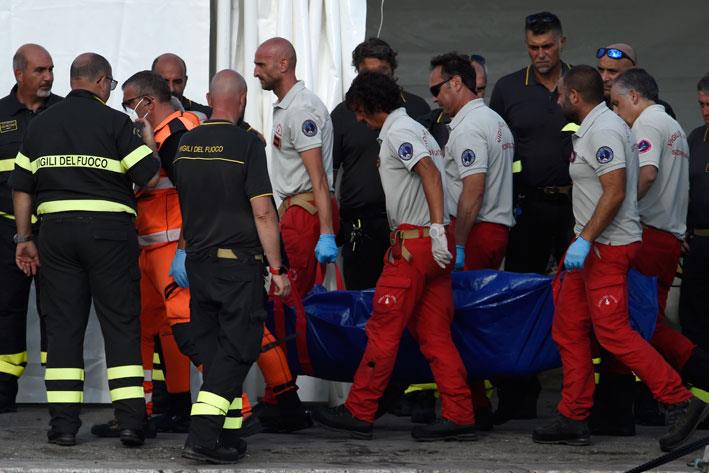
Divers searching the wreck of a superyacht that sank off Sicily found the bodies of five passengers Wednesday, leaving one still missing as questions intensified about why the vessel sank so quickly when a nearby sailboat remained largely unscathed.
Rescue crews brought four body bags ashore at Porticello. Salvatore Cocina, head of the Sicily civil protection agency, said a fifth body had been located. Divers on-scene said they would try to recover it on Thursday while continuing the search for the sixth.
The discovery made clear the operation to search the hull on the seabed 50 meters (164 feet) underwater had quickly turned into a recovery one, not a rescue, given the amount of time that had passed and with no signs of life over three days of searching.
The Bayesian, a 56-meter (184-foot) British-flagged yacht, went down in a storm early Monday as it was moored about a kilometer (a half-mile) offshore. Civil protection officials said they believed the ship was struck by a tornado over the water, known as a waterspout.
Fifteen people escaped in a lifeboat and were rescued by a nearby sailboat. The body of the ship's chef, Recaldo Thomas of Antigua, was recovered Monday.
Thomas was born in Canada, according to his cousin David Isaac, but would visit his parents' homeland of Antigua as a child, moving permanently to the tiny eastern Caribbean island in his early 20s. Italian officials previously listed Antigua and Canada as the nationality of people on board.
The fate of six missing passengers had driven the search effort, including British tech magnate Mike Lynch, his 18-year-old daughter and associates who had successfully defended him in a recent U.S. federal fraud trial.
Lynch's spokesperson did not respond to a request for comment Wednesday.
Meanwhile, Termini Imerese Public Prosecutor's Office investigators were acquiring evidence for their criminal investigation, which they opened immediately after the tragedy despite no formal suspects having been publicly identified.
Questions have abounded about what caused the superyacht, built in 2008 by Italian shipyard Perini Navi, to rapidly sink, when the nearby Sir Robert Baden Powell sailboat was largely spared and managed to rescue the survivors.
Giovanni Costantino, head of The Italian Sea Group, which owns the shipmaker, blamed human error for the disaster, which he said took 16 minutes. "The ship sank because it took on water. From where, the investigators will say," he told RAI state television after he met with prosecutors.
Costantino cited AIS ship tracking data which he said showed the Bayesian had taken on water for four minutes when a sudden gust of wind flipped it and it continued taking on water. The ship straightened up slightly and then went down, he said.
But was it merely the case of a freak waterspout that knocked the ship to its side and allowed water to pour in through open hatches? What was the position of the keel, which on a large sailboat like the Bayesian might have been retractable, to allow it to enter shallower ports?
"There's a lot of uncertainty as to whether it had a lifting keel and whether it might have been up," said Jean-Baptiste Souppez, a fellow of the Royal Institute of Naval Architects and the editor of the Journal of Sailing Technology. "But if it had, then that would reduce the amount of stability that the vessel had, and therefore made it easier for it to roll over on its side," he said in an interview.
The captain of the sailboat that rescued survivors said his craft sustained minimal damage - the frame of a sun awning broke - even with winds that he estimated reached 12 on the Beaufort wind scale, which is the highest hurricane-strength force on the scale.
He said he had remained anchored with his engines running to try to maintain the ship's position as the forecasted storm rolled in.
"Another possibility is to heave anchor before the storm and to run downwind at open sea," Karsten Bornersaid in a text message. But he said that might not have been possible for the Bayesian, given its trademark 75-meter (246-foot) tall mast.
"If there was a stability problem, caused by the extremely tall mast, it would not have been better at open sea," he said.
Yachts like the Bayesian are required to have watertight, sub-compartments that are specifically designed to prevent a rapid, catastrophic sinking even when some parts fill with water.
The underwater search continued in dangerous and time-consuming conditions. Because of the wreck's depth, which requires special precautions, divers working in pairs could only spend about 12 minutes at a time searching, though reinforcements outfitted with special equipment to enable longer dives were on the wreck Wednesday.
In all, some 27 divers took rotations, including four who helped with recovery after the 2012 Costa Concordia disaster off Tuscany. They called the Porticello wreck a "little Concordia," fire crews said in a statement.
The limited dive time was aimed in part at avoiding decompression sickness, also known as the "bends," which can occur when divers stay underwater for long periods and ascend too quickly, allowing nitrogen gas dissolved in the blood to form bubbles.
"The longer you stay, the slower your ascent has to be," said Simon Rogerson, the editor of SCUBA magazine. He said the tight turnaround time suggested the operation's managers were trying to limit the risks and recovery time after each dive.
"It sounds like they're operating essentially on no decompression or very tight decompression, or they're being extremely conservative," he said.
Divers were also working with debris floating around them, limited visibility and air tanks on their backs.
"We are trying to advance in tight spaces, but any single thing slows us down," said Luca Cari, spokesman for the fire rescue service. "An electric panel could set us back for five hours. These aren't normal conditions. We're at the limit of possibility."




















